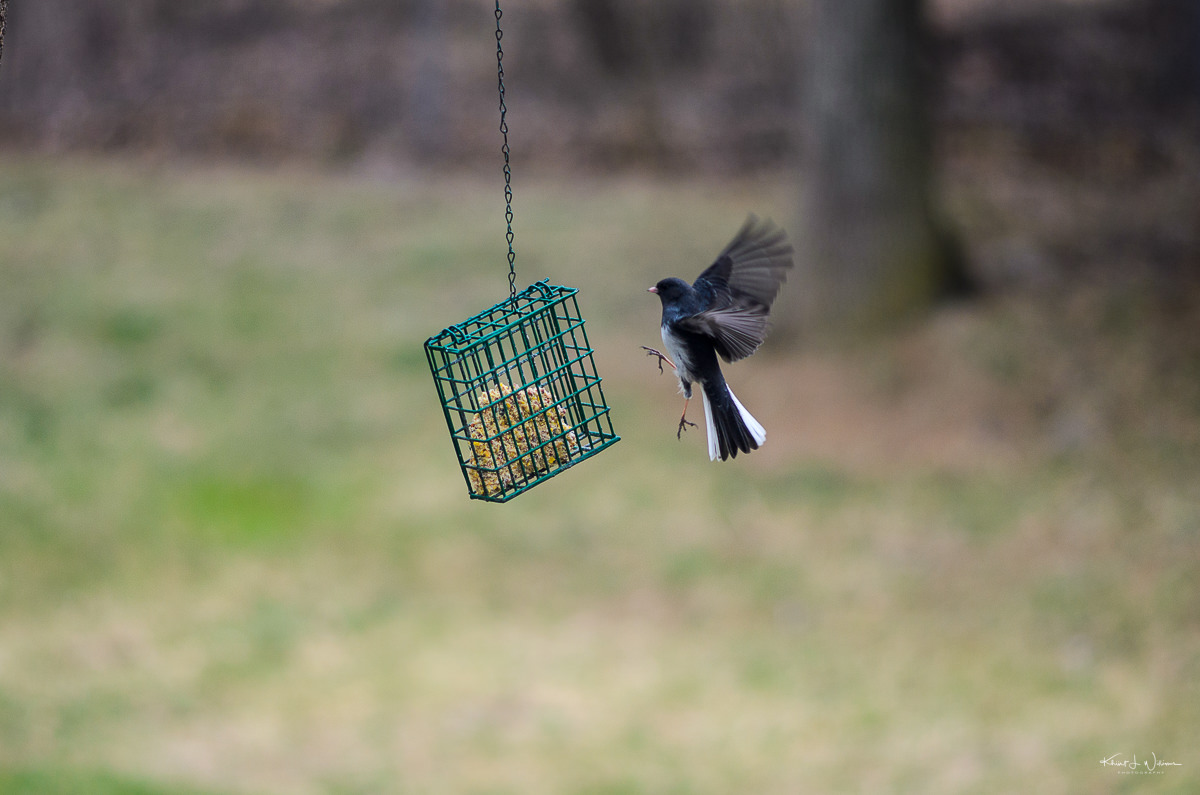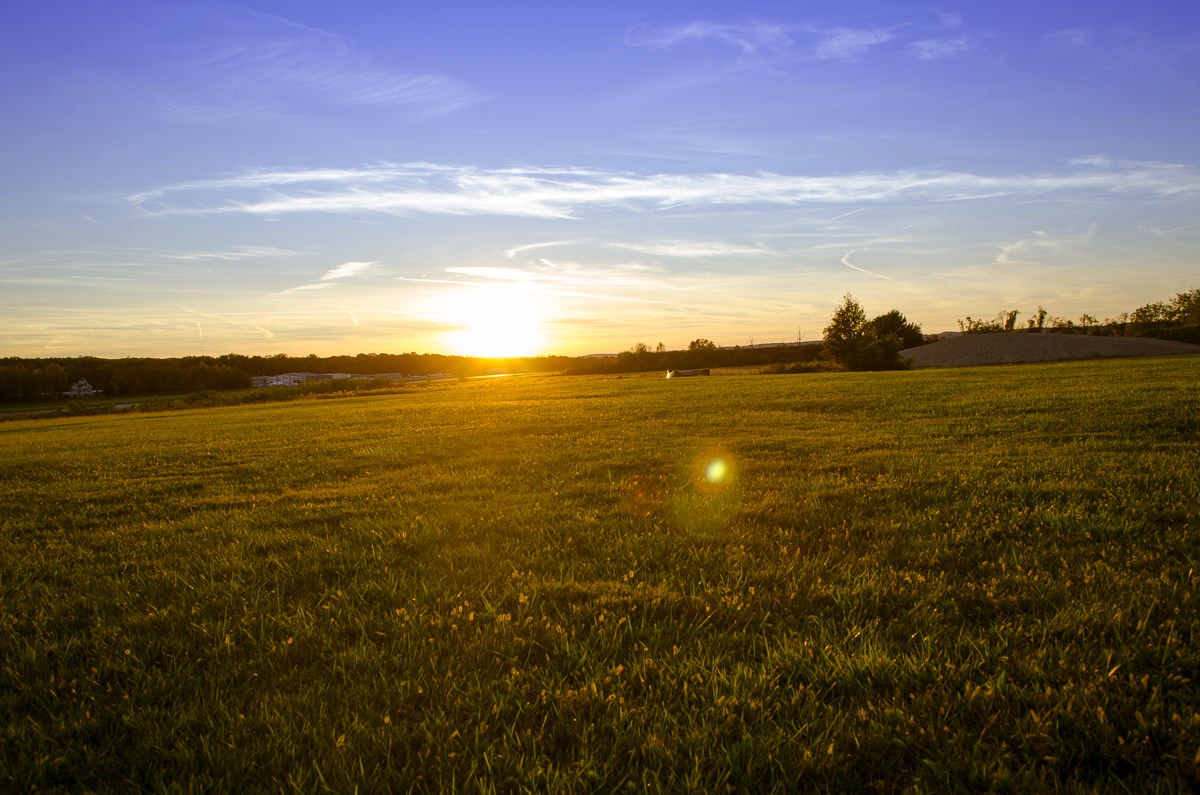The Tuesday Photo Challenge is a weekly theme-based challenge for photographers of all kinds to share both new and old photography. This week's theme is "land".
Saturday
Growing up, Dad had this thing for dragging us kids to the airport. Perched on the rooftop deck of the E.T. Joshua Airport, we'd watch these four and six-seater dual-prop beauties zip in and out. The airport in Arnos Vale had its charm. At home in Dorsetshire Hill, using Dad's trusty binoculars, we'd spot these planes making their way in from the Caribbean Sea right from the house’s south-facing veranda. But there was something about being right there, at the airport. Maybe it was the roar of the propellers or the pungent whiff of jet fuel, but man, it just got to me. I loved every bit of it.
Yesterday was brutally cold and windy, with the mercury dipping to -2°C. The wind chill made it feel more like a bitter -6°C. Despite the weather, I headed over to Princeton Airport, despite the chill. The cold was still biting even under my wool coat, multiple layers, thick socks, gloves, a hat, and a hoodie.
When I arrived, I went straight to the reception at Princeton Airport and met two gentlemen there, Steve and Parth.
Earlier this week, I emailed the airport and got the green light to snap pictures of the planes for the Tuesday Photo Challenge. So, Steve and Parth handed me an airport map, pointing out the safe spots to stand and shoot. They wanted to ensure I didn't get in the way of the student pilots.
From where I stood on the field, I had a clear view of the planes landing. My lens of choice was the AF-S Nikkor 85mm f/1.8, but it didn't take me long to realise it didn't have the reach I needed. Through my viewfinder, the planes were like distant birds nearing the runway. With my sightline level with the planes, they practically vanished into the scrubby horizon as they touched down. Safe to say, it wasn't quite going to plan.
I decided to switch it up and moved to the runway's far end, hugging the airport's southern fence. My shots improved, but the lack of zoom was still biting me. I might've been in better shape if I had been nearer the landing strip or had a telephoto lens. Anyway, I did manage to snag one decent shot, which I posted.
Sunday

I found myself standing, lost in thought, by the kitchen window. I had just brewed a pot of freshly ground coffee, savouring the distinct taste of South American beans. I watched the small birds zig-zagging between the trees and the pair of bird feeders I had installed some years back. Bhavna often points out that I've now taken on the role of guardian for these feathered creatures, constantly reminding me to keep the feeders stocked.
I wanted to set up a laser-based camera trigger to capture bird photographs. Unfortunately, the Kickstarter project I backed to produce the laser-guided system shut down last week. Their initial project was unsuccessful, and it seems they never bounced back. Consequently, my bird project never took flight (pun intended). I was disappointed and angry.
Bhavna was under the weather this weekend. But this morning, as she awoke, I enthusiastically pointed out the spectacle of about a dozen birds feasting outside our kitchen window. She turned to me and said, "You know, birds make landings too". That revelation astounded me! Why hadn't that thought crossed my mind?
With renewed excitement, I positioned my camera next to the sliding door and started capturing photos. I managed to take around two hundred shots in total, not an easy task considering how swiftly these small birds move. Many of my frames were empty; many images were blurry. I increased the shutter speed and carried on. The focus isn't perfect, and the depth of field is quite narrow, but I captured one excellent image of a bird landing within that hour.
The bird in the picture is a sparrow known as the Dark-eyed Junco. I uploaded the photo to the Merlin Bird ID app for confirmation from the Cornell Lab of Ornithology.


